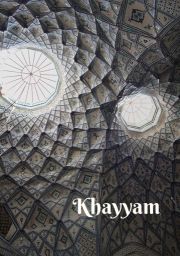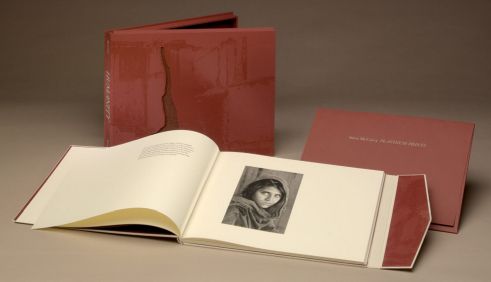Khayyam. Peter Blaikner. Salzburg : Edition Tandem, 2021. 14 photographs in colour; 39 p.; 20 cm. ISBN: 9783904068437.
8 verses, consisting each of a varying number of quatrains. Together with a CD with recordings of songs based on these verses.
Performers: Peter Blaikner – Gesang, Gitarre; Reinhold Kletzander – Gitarre; Ben Pascal – Bass
– Omar Khayyam, p. 5
– Khayyams Rubaiyat auf Deutsch, p. 11
– Die Erde wird sich weiter drehen, p. 15
– Ich frage dich, mein Gott, p. 17
– So steht’s geschrieben, p. 19
– Tritt leise auf, p. 21
– Der Wein, p. 23
– Nach diesem Leben, p. 25
– Vergebung, p. 27
– Wohin er weht, der Wind, p. 29
– Literaturangaben, p. 31
– Fotonachweis, p. 35
– Der Autor, p. 35

